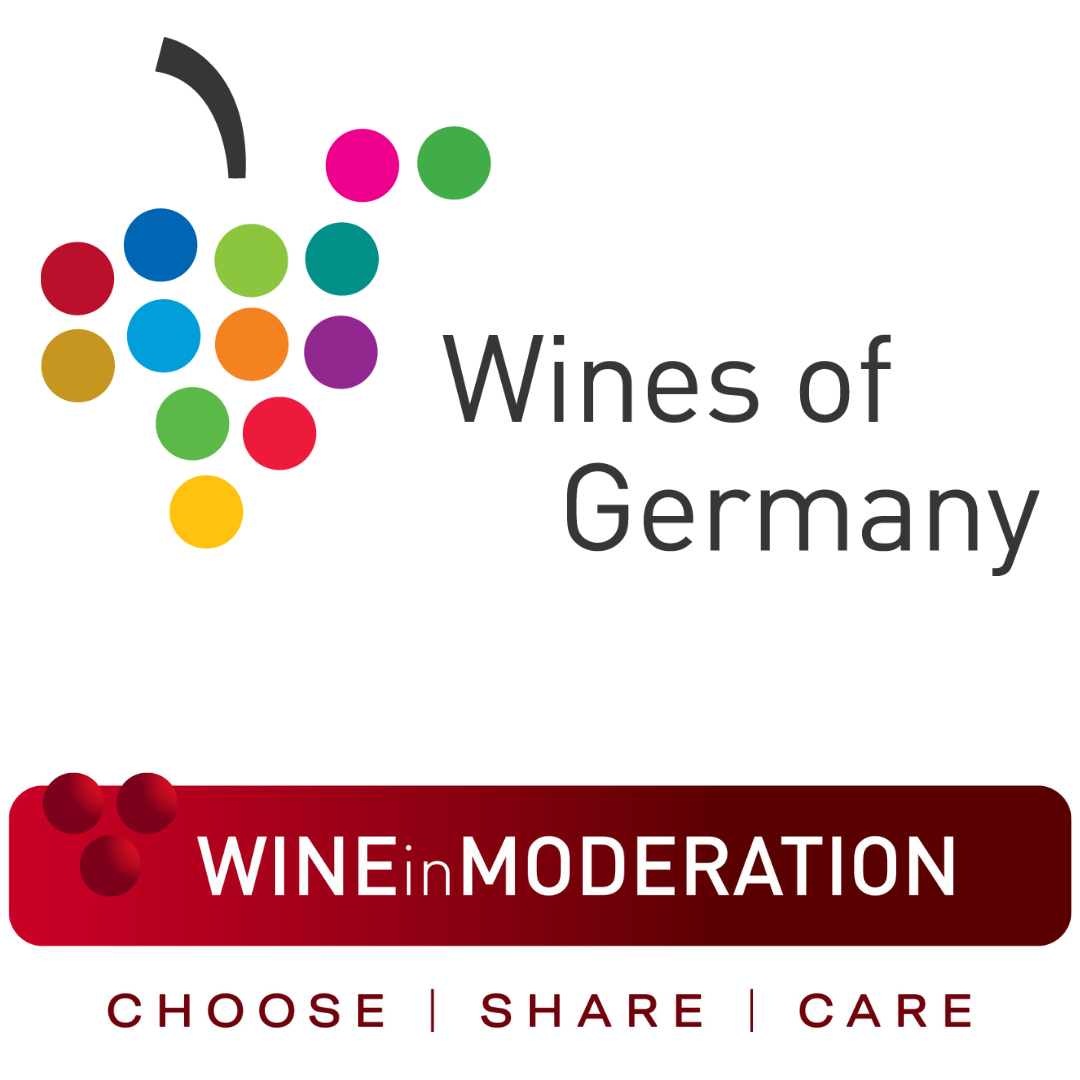Grape Varieties
Red Varieties
For a nation known for white wine, about 34% of Germany’s vineyard area is actually dedicated to red varieties! Pinot Noir (Spätburgunder) headlines Germany’s red wines with it being the third most widely planted grape in the country, while other important red varieties include Dornfelder, Portugieser, and Trollinger. Red grapes grow particularly well in the warmer, southern regions of Baden, Württemberg, and the Pfalz, and play an important role in Rheinhessen and the Ahr.
White Varieties
From world-class Riesling to white Pinots and uniquely German grapes, German white wine can be found in a variety of styles and price points, and white grapes thrive throughout all 13 wine regions. The temperate climate and high precipitation enable grapes to ripen slowly and benefit from nutrients in the soil. This fosters the development of fruity, well-structured acidity that enhances the longevity of white wines.
Sparkling Wine (Sekt)
Let’s talk about Sekt!
Germany’s wine regions are especially suited for the production of fresh, fruity sparkling wine, and Germany’s citizens are the world champions of sparkling wine consumption.
Components of Wine Tasting
Taste wine like a pro by identifying 5 key components, then use your new skills to discover the bracing acidity, earthy undertones, ripe peach notes, or delicate tannins in some of Germany’s beloved wines. Wine tasting also takes into account aroma and color.
Sweetness
Very dry, dry, off-dry, medium sweet, pleasant sweetness, pronounced sweetness
Acidity
Mild, fine acidity, pronounced acidity, effervescent, lively
Tannin
Mild tannins, soft, round, velvety, tannic, astringent
Body
Light, delicate, full-bodied, rich in body, rich in extract
Age & Maturity
Young, youthful, fresh, developed, at its peak, fully matured, ripe, noble maturity
